On the Luminous Landscape website, I ran across a posting about Copal and the possibility that they will no longer be manufacturing leaf shutters. Copal is a large company and appears to still be involved with many other aspects of electronics and cameras. The leaf shutter that is in question, is commonly called a Copal Shutter 0. This shutter is a leaf design and manually operated. The main area for the use of this type of shutter is with large format cameras (view cameras), and the emerging tech camera market. All of the lenses that are made by Rodenstock and Schneider use this type of shutter.
The Copal shutter like the one shown in the picture above is a very critical component to a tech camera solution as currently Rodenstock and Schneider both don’t make a shutter. The shutter is placed in between the lens elements during the manufacturing process of the lens.This type of shutter is called a “leaf” shutter and is totally independent of the camera body. The leaf shutter is fired by a manual cable release that screws into to the shutter. I have never seen a Rodenstock or Schneider lens that is sold without a leaf shutter installed. The process of placing the shutter in the lens, should be done by the lens manufacturer to ensure the optics maintain the best alignment.
For out of warranty repair I know of only one location in the U.S that can work on a lens like this is Precision Camera Works, in Niles IL. They are specialists in the entire Arca line of cameras and also can work on a lens like the Rodenstock 28mm with a Copal Shutter installed. Outside of this you would have to contact the lens manufactures to see how they would handle a repair. Of course Precision Camera works is a non-warranty type of service, but they might be able to save a shutter that has broken or has become misaligned in the camera lens.
As this issue starts to hit the various large format camera forums, I am going to try and get a better handle on just what the scope of this announcement will mean. Currently I don’t know of any other solution other than the Copal shutter for all of these lenses. I have seen old Nikon large format lenses with a Nikon leaf shutter, however I have been told that this type of shutter was actually made by Copal. Copal has a electronic shutter that can be used on these lenses, but it requires power and it has a very limited shutter speed range. I don’t feel that this type of shutter will work in the field.
For now Copal really is it and I am going to try and find a used Copal 0 and keep it as a spare. I noticed that B&H photo is out of stock of these currently, and plans to get more in sometime in early April. I am also going to call Schneider in NY some time soon to see what their solution will be since without a leaf shutter, Schneider and Rodenstock both will not be able to produce a workable lens. I am hopeful that Copal may revisit this issue and continue to make this style of shutter, but it also shows just how few of the Schnieder and Rodenstock lenses are being sold currently.
I emailed some questions about this issue with Copal to Rod Klukas, the U.S. Arca Rep. Rod is much closer to this type of concern since he is talking to Schneider, Rodenstock and other similar companies on a daily basis. Here is Rod’s answer and it does illivate some of my immediate concerns, but I am still going to purchase a spare Copal in the near future.
Here is a link to the post on the Luminous Landscape forum.
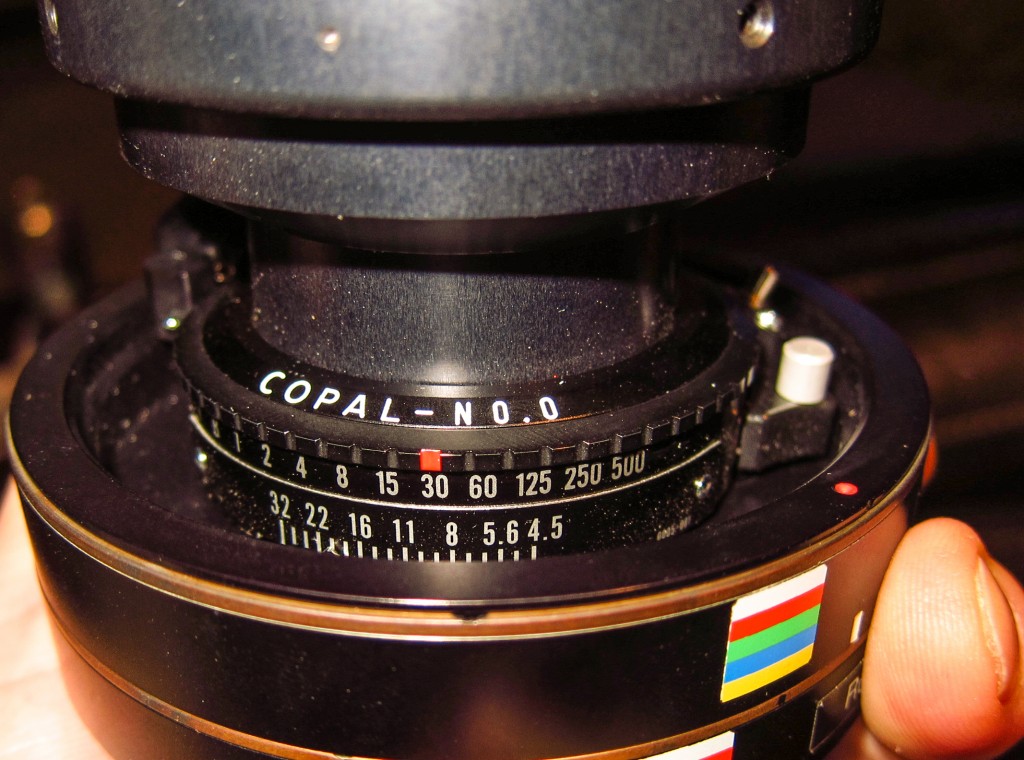
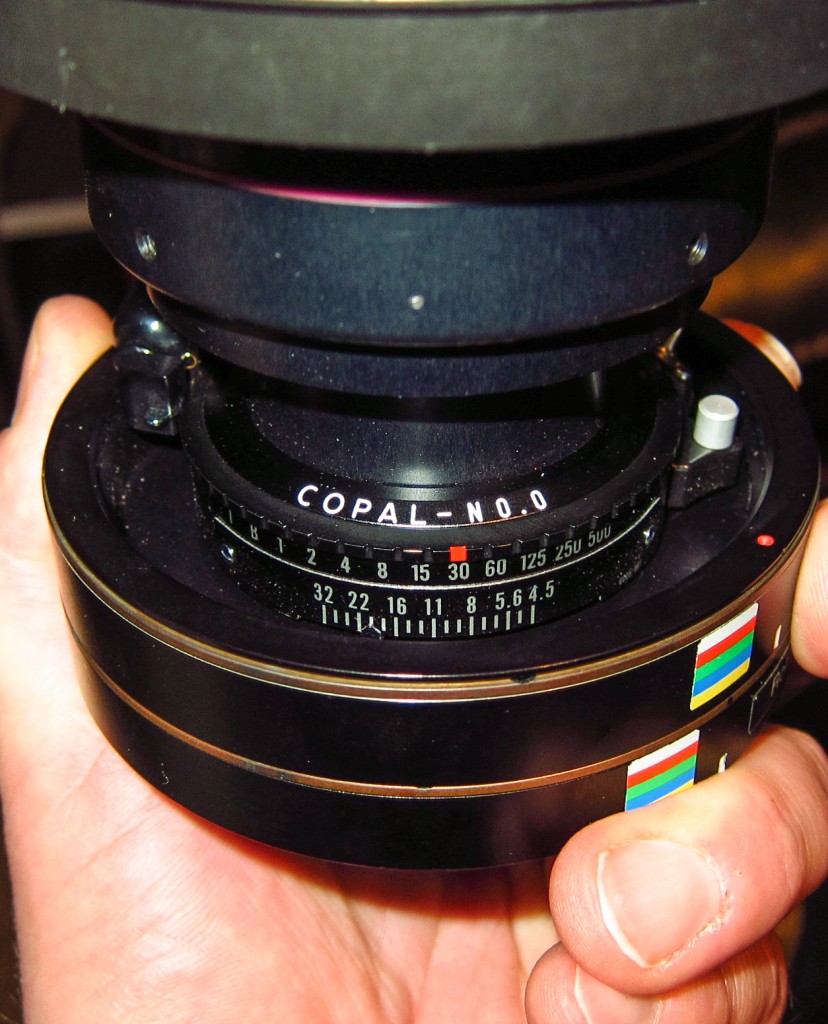
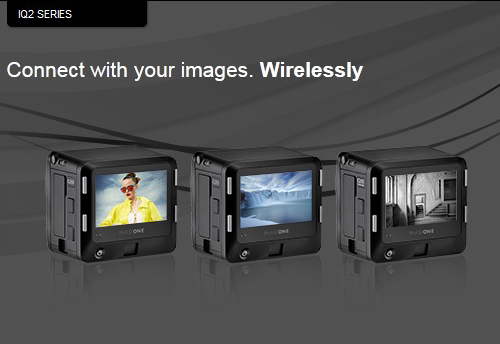
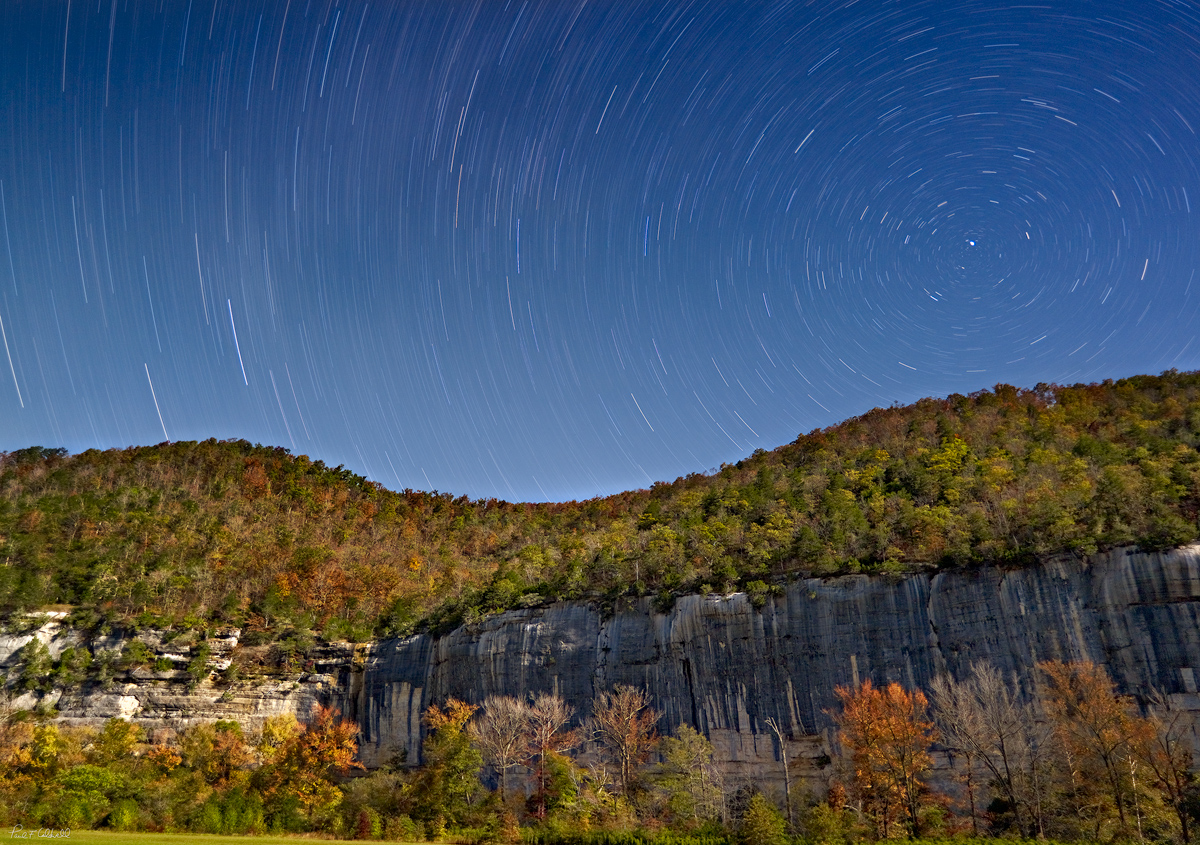
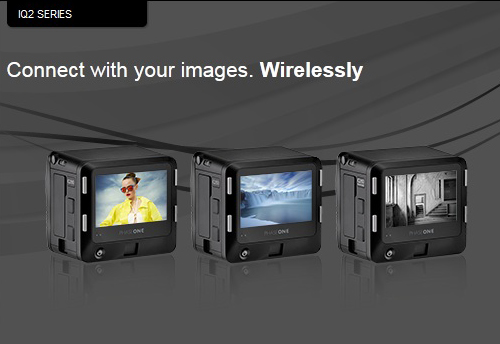



Recent Comments